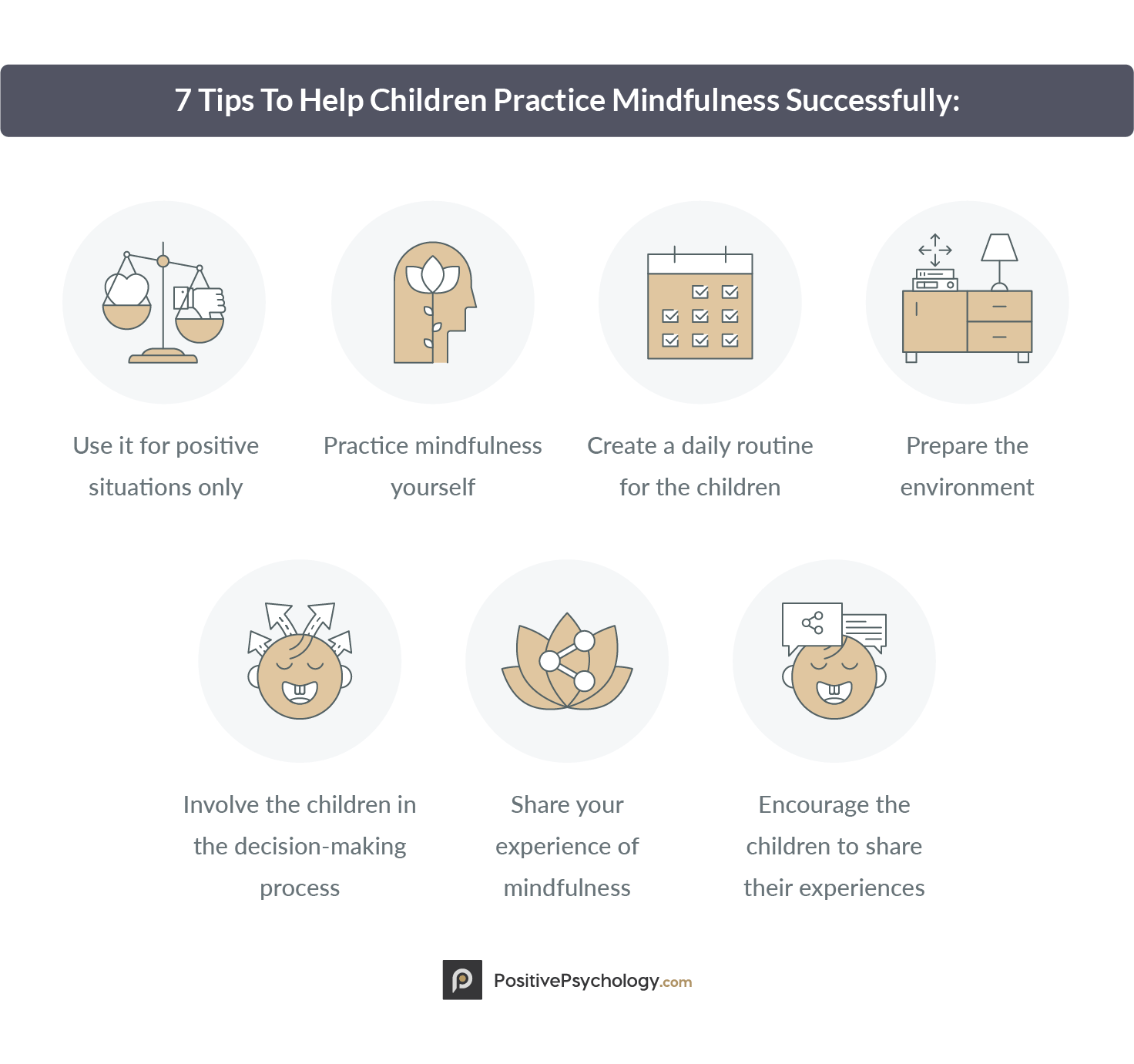Mindfulness Techniques for Kids
In today’s fast-paced and technology-driven world, children are constantly bombarded with distractions and stimuli that can impact their mental and emotional well-being. From social media to video games, the digital age can take a toll on a child’s ability to stay present and focused. This is where mindfulness techniques come in.
The Importance of Mindfulness for Kids
Mindfulness is the practice of being fully present and aware of one’s thoughts, feelings, and surroundings. For children, learning mindfulness techniques can help them develop emotional intelligence, self-regulation, and stress management skills. By teaching kids how to be mindful, we can empower them to navigate the challenges of the modern world with greater ease and resilience.
Simple Mindfulness Practices for Kids
1. **Mindful Breathing**: Encourage kids to take a moment to focus on their breath. Have them close their eyes and take deep breaths, noticing the sensation of air entering and leaving their bodies. This simple practice can help kids calm their minds and center themselves in the present moment.
2. **Body Scan**: Ask kids to lie down and close their eyes. Guide them through a body scan, focusing on each part of the body from head to toe. This practice can help children develop body awareness and release physical tension.
3. **Mindful Listening**: Have kids sit quietly and listen to the sounds around them. Encourage them to pay attention to the different noises, from birds chirping to cars passing by. This practice can help children sharpen their listening skills and cultivate a sense of presence.
4. **Gratitude Journal**: Encourage kids to keep a gratitude journal where they can write down things they are thankful for each day. This practice can help children shift their focus from negativity to positivity and cultivate a sense of appreciation for the world around them.
5. **Mindful Eating**: Teach kids to savor their food by eating slowly and paying attention to the tastes, textures, and smells of their meals. This practice can help children develop a healthier relationship with food and avoid mindless eating habits.
Creating a Mindful Environment for Kids
In addition to teaching kids mindfulness techniques, it’s important to create a supportive environment that fosters their emotional well-being. Here are some tips for promoting mindfulness at home and in school:
1. **Limit Screen Time**: Set boundaries around screen time and encourage kids to engage in offline activities that promote mindfulness, such as reading, playing outside, or spending time with loved ones.
2. **Practice Mindfulness Together**: Lead by example and practice mindfulness techniques with your children. Whether it’s meditating together in the morning or taking a mindful walk in nature, sharing these experiences can strengthen your bond and deepen your child’s understanding of mindfulness.
3. **Encourage Open Communication**: Create a safe space for kids to express their feelings and emotions. Encourage them to talk about their day, share their worries, and ask for help when needed. By fostering open communication, you can help children develop healthy coping mechanisms and build resilience.
4. **Celebrate Small Wins**: Acknowledge and celebrate your child’s efforts to practice mindfulness. Whether it’s taking a moment to breathe when feeling overwhelmed or showing gratitude for a special moment, recognizing these small wins can motivate kids to continue their mindfulness journey.
Conclusion
In conclusion, teaching kids mindfulness techniques is essential in promoting their emotional wellness in the digital age. By incorporating simple practices like mindful breathing, body scans, and gratitude journals into their daily routines, we can help children develop valuable skills to navigate the complexities of modern life with confidence and resilience. Remember, mindfulness is not just a trend but a powerful tool that can empower our children to thrive in a world filled with distractions and challenges. Start incorporating these mindfulness techniques into your child’s life today and watch them blossom into emotionally intelligent and resilient individuals.


